Apply
Projects spearheaded by CPC helped move the number of plants in the National Collection to 1485 and contributed to the conservation of plants nationwide. CPC was able to secure funding for the conservation efforts and work with partners to help them apply the tools and methods to save plants.
Year 5 of Kew Millennium Seed Bank Support
2018 marked the fifth year of a memorandum of understanding with the Royal Botanic Gardens, Kew, to work together to collect, study, and conserve seeds for science and conservation. Through this agreement the Kew Foundation America has funded a suite of seed collections of globally rare plants. This year the network partners from Florida to Washington were supported in making 48 maternal lines collections from across 27 different rare taxa. This brings the total of the five-year program to 291 accessions of 152 taxa. New additions to the National Collection include pineland clustervine (Jacquemontia curtisii) and Church’s wild rye.
Targeting species vulnerable to storm surge and sea level rise, Fairchild Tropical Botanic Garden made several collections of pineland clustervine, a sprawling perennial vine with white flowers. Found only on the remnants of pine rockland habitats of Miami Rock Ridge, Fairchild staff were able to make eight collections of various sizes from populations on preserves in Miami-Dade County. Collections ranged from having one to over 2,500 mother plants, demonstrating the varied size and condition of the populations.
Endemic to the western Ozark Mountain of Missouri and Arkansas, Church’s wild rye was collected by staff at Missouri Botanical Garden (MOBOT). Usually growing in alkaline soil, the rare grass can be found in dry woods on ridges and bluff as well as along river banks. Though the MOBOT collectors used the advice of regional botanists and checked herbarium records to time their collection, many fruits had already detached. Though still making important collections, the experience exemplifies the challenges of collecting seed in a variable, and changing, climate.
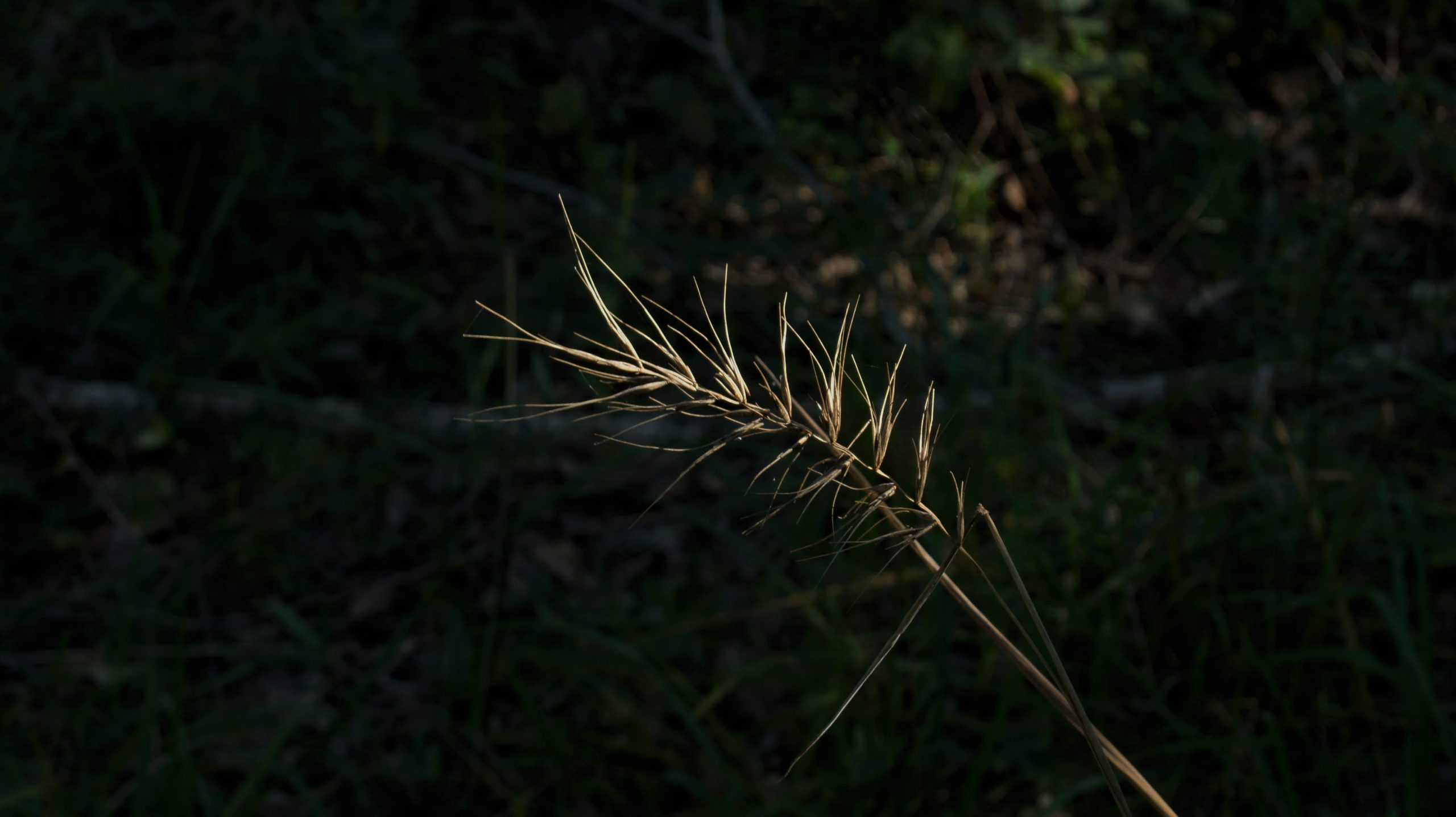
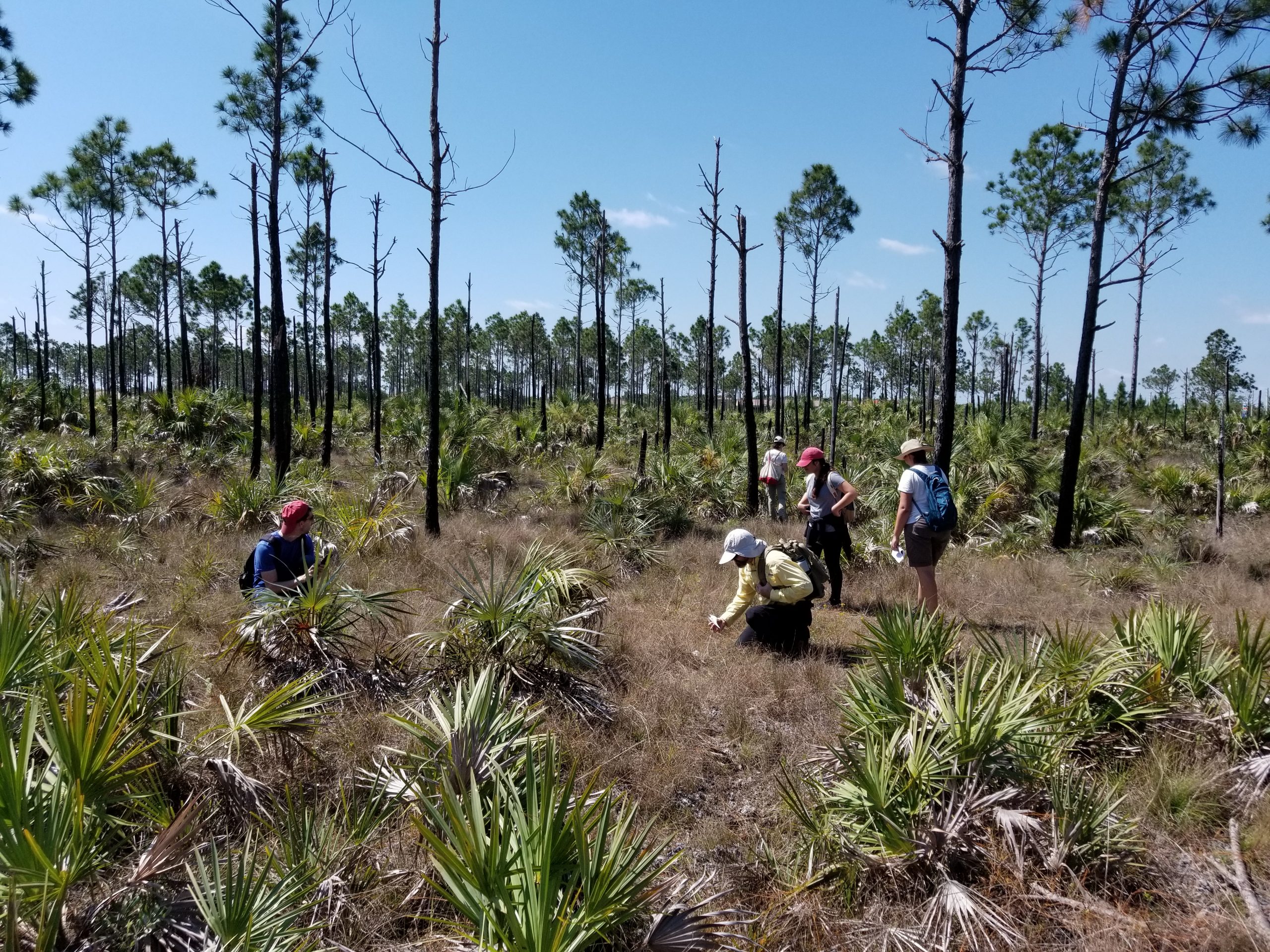
-

Grisebach’s dwarf morning-glory (Evolvulus grisebachii) in National Key Deer Refuge, Big Pine Key. Photo credit: J. Lange. -

Jacquemontia curtisii growing in a Miami-Dade pine rockland. Photo credit: B. Harding. -
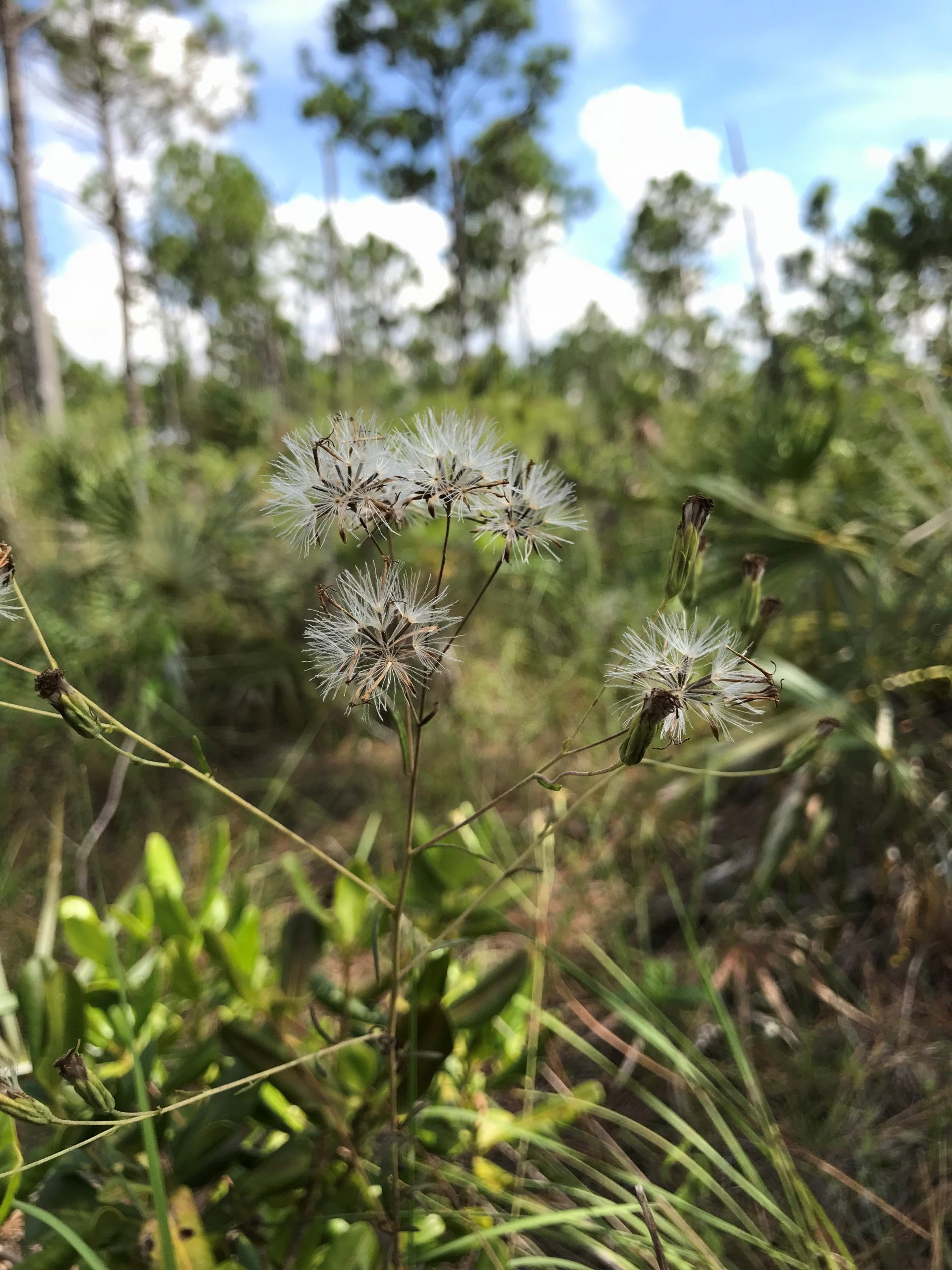
Bahama sachsia (Sachsia polycephala) seed heads in a pine rockland. Photo credit: B. Harding.
Promising Start for CPC and US Forest Service Rare Plant Seed Banking Effort
Working with regional botanist for the Southwestern Region of the US Forest Service (and former CPC Director) Kathryn Kennedy, CPC initiated a project to assess the current status of seed-banking for high-priority species on National Forest system lands, set priorities for further efforts, and begin implementation. In the first six months of the project CPC has subcontracted with participating institutions (The Arboretum at Flagstaff, Desert Botanic Garden, Lauritzen Gardens, and BRIT) to make collections and conduct seed germination trials. The project has added new species to the National Collection, such as Canadian River spiny aster (Eurybia horrida subsp. horrida) and Yavapai County buckwheat (Eriogonum ericifolium), as well as increased our understanding of existing species in the collection, namely Holy Ghost skyrocket (Ipomopsis sancti-spiritus). The staff at The Arboretum at Flagstaff examined four different accessions of the Holy Ghost skyrocket from around two decades ago through germination tests of different treatments.
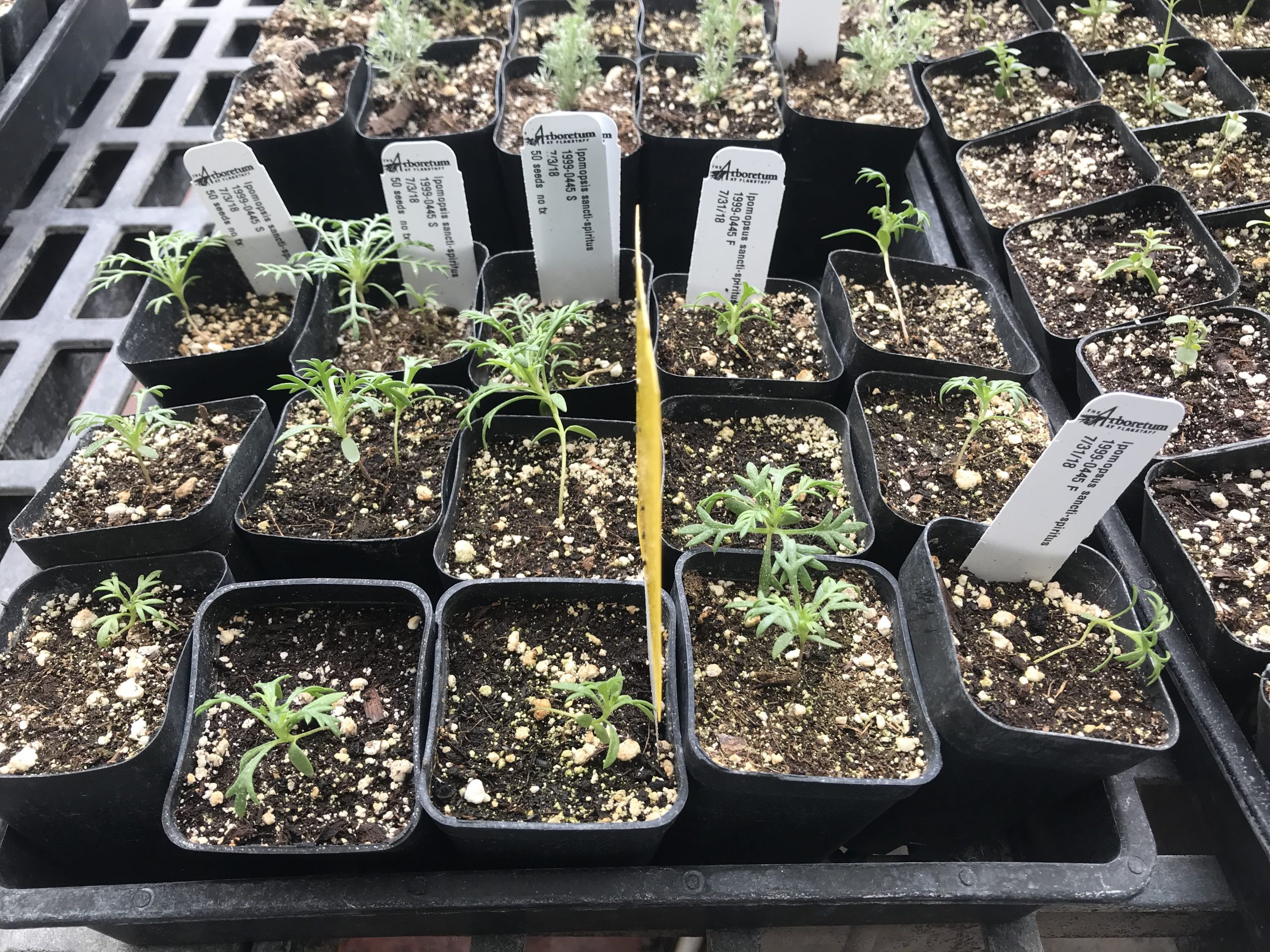
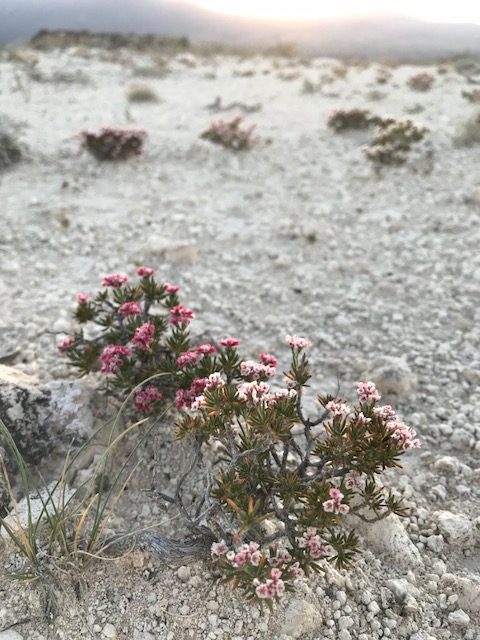
BLM Interns Train for Recovery of the Rare and Threatened
Contributed by Rhiannon Schultz, San Diego Zoo Global
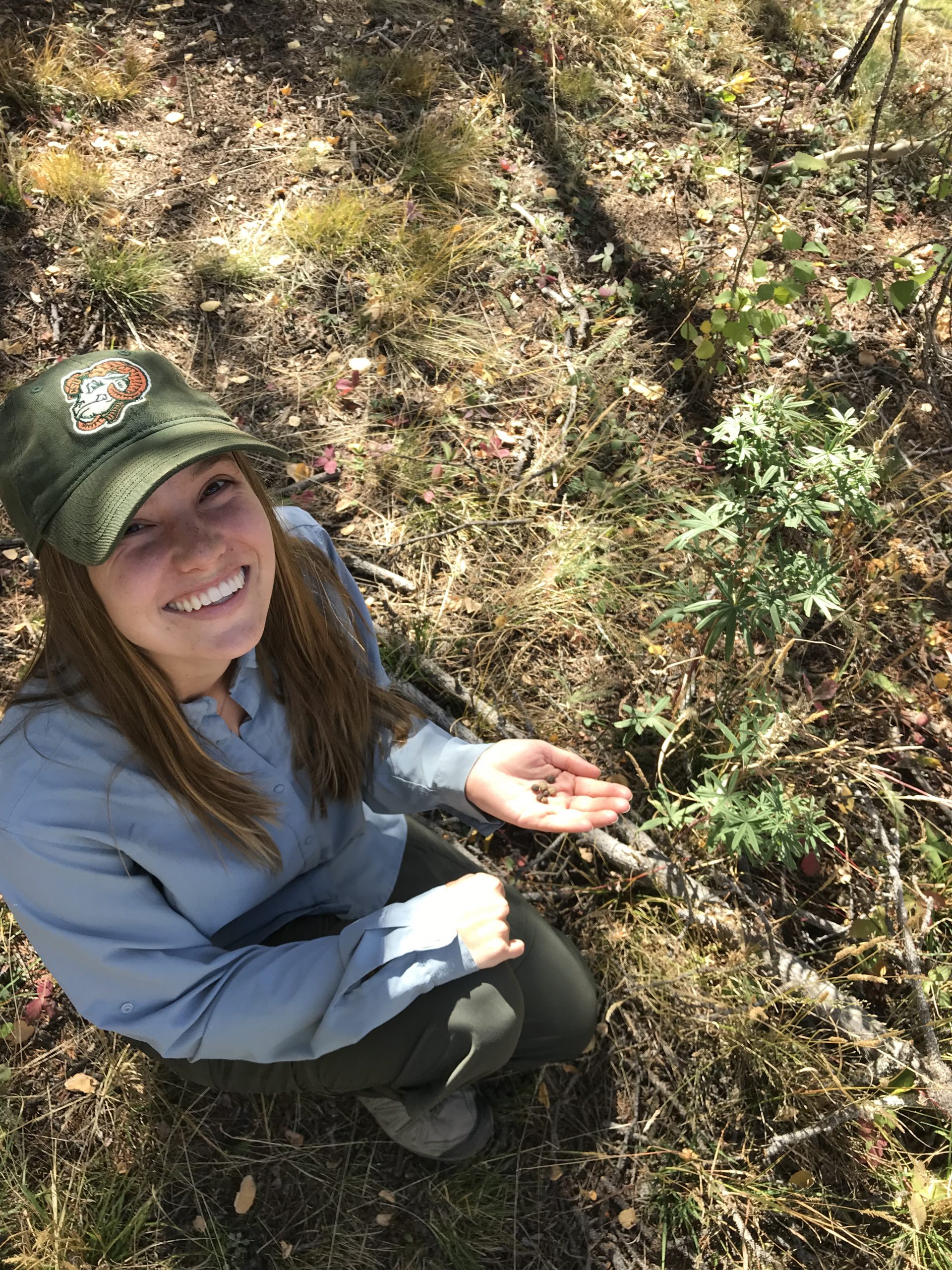
Makenna Spencer, an intern with the Royal Gorge office in Colorado worked with a variety of listed plant species, including making seed collections.
The Rookies for Recovery Program was cultivated through a partnership between the Center for Plant Conservation (CPC), the Bureau of Land Management (BLM), and the San Diego Zoo Institute for Conservation Research (SDZG). Dubbed Rookies for Recovery, the program takes post baccalaureate interns into BLM offices to work specifically with the federally threatened and endangered species in that office’s purview – to help do the management, monitoring, and recovery work these species desperately need. The program is also designed to help address a problem identified in 2011 with the Botanical Capacity Assessment Project – that a shocking 91% of agency offices reported deficiencies in the botanical training of their staff.
In its pilot year, five motivated interns with strong academic records were chosen to work in one of five BLM offices in California (El Centro, Coachella Valley, and Marina), Oregon (Grants Pass), or Colorado (Royal Gorge). Following a week long training in May covering general field techniques at San Diego Zoo Global, the interns dispersed to join their BLM staff mentors at their home offices for five months. There they tackled a variety of projects honing skills in the field, in the office, and out with the public. They conducted surveys for Mexican spotted owls, bats, and desert tortoises, became adept at using ArcGIS, entered and analyzed data, drafted NEPA documents, and citizen science proposals, and did water quality monitoring and habitat assessments. And, of course, they learned to work with plants – conducting vegetation surveys, population monitoring and demography of rare species, and even making rare plant seed collections. The plant species benefiting from the interns hard work included National Collection species Cook’s desert parsley (Lomatium cookii) and Dengener’s beardstongue (Penstemon degeneri). To learn more about the interns’ training in the field, see their blogs.
The Rookies for Recovery Program has provided many opportunities for interns and field offices alike. Collaborative programs like Rookies for Recovery are pivotal to a holistic approach in conservation and science, and will hopefully aid in closing the training gap for future biologists. We were grateful to have been a part of such an exciting new venture and look forward to seeing programs like this become more common in the future!
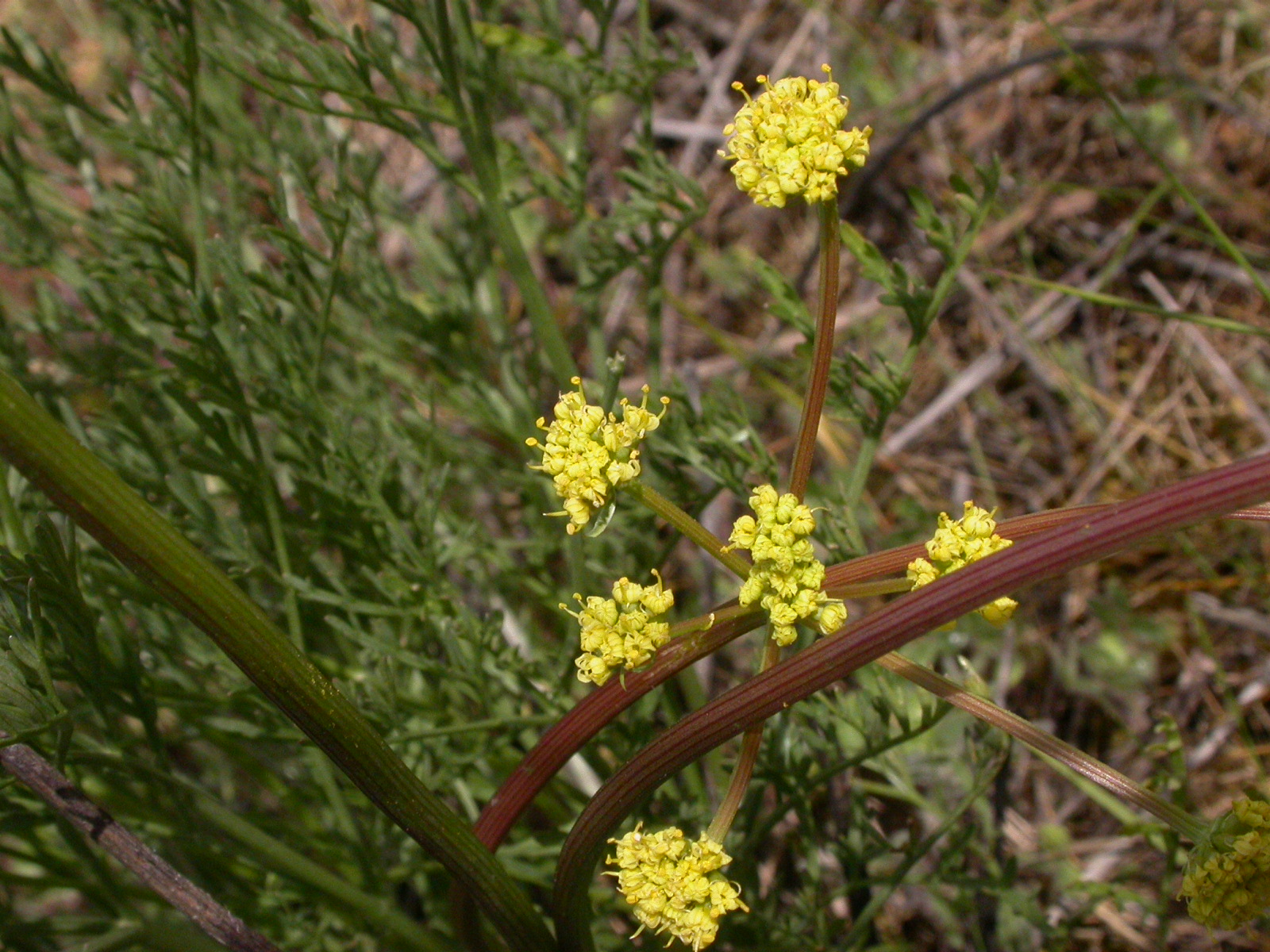

Advocate
Key to conservation success is advocating for plants and their value to humankind. This year the CPC expanded its reach by going international in sharing its best practices and helping others with advocacy, among other accomplishments.
APGA Panel Discussion on Advocacy
Vice President of Operations and Advancement, Maureen Wilmot, assembled a panel including board member, Lindsay Marshall, and leaders from many CPC Participating Institutions to discuss The Nature of Advocacy at Public Gardens during June’s American Public Garden Association’s meeting. In serving their communities and natural environments, gardens often have to grapple with the roles of advocacy and lobbying within their institution. Recognizing a need to share experiences and answer questions regarding these issues, CPC took the lead to fill this need. The well-attended session covered a spectrum of topics and advocacy activities, clarified what is allowed as 501 (c)(3) nonprofits, and outlined the process of passing conservation legislation.
Sharing Our Progress towards UN Convention on Biological Diversity Goals
Contributed by John R. Clark, President and CEO
CPC President and CEO, Dr. John Clark, attended the Global Partnerships in Plant Conservation meeting in Cape Town, South Africa, this August. The original Global Strategy for Plant Conservation (GSPC), introduced in 2002 as part of the UN Convention on Biological Diversity (CBD), set 16 targets in plant conservation to be achieved by 2010. In October 2010, an updated and revised strategy for 2020 was adopted by the parties to the CBD. To help nations meet the targets, a consortium of international and national plant and conservation agencies have formed the Global Partnership. The Partnership is working to implement the GSPC and provide tools and resources on how each country can plan and act to meet the targets. John presented the current state of plant conservation in North America, with a focus on the CPC network and our collective achievements in securing over one third of the imperiled plants in the US and Canada.
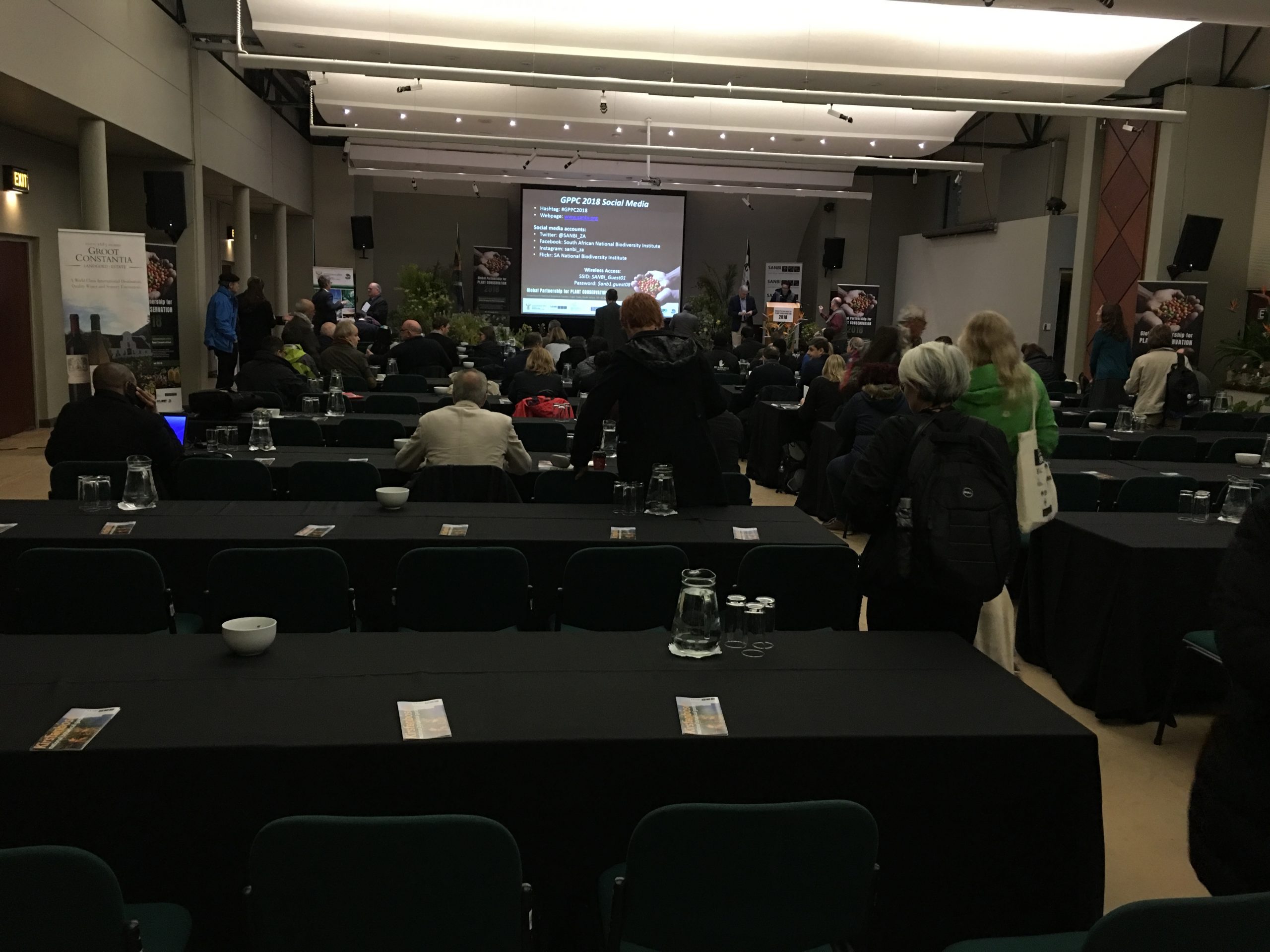
Reintroduction Workshop in Seoul, South Korea
Contributed by Joyce Maschinski, Vice President of Conservation and Science
 CPC expands its influence in many ways. Building upon good relationships with plant conservation colleagues in South Korea, Joyce Maschinski, CPC Vice President of Conservation and Science, and Matthew Albrecht, Missouri Botanical Garden, presented a workshop on Rare Plant Reintroduction at Shingu Botanic Garden near Seoul, South Korea, in September. Hosts Dr. Sungwon Son, Korea National Arboretum, and Dr. Yong-Shik Kim, Chollipo Arboretum, envision strengthening a regional conservation network similar to the CPC. Over 100 students from South Korea, Uzbekistan, Turkmenistan, Tajikistan, Krygyzstan and other southeast Asian countries attended. Thankfully, simultaneous translation made it possible for non-English speaking students to understand our presentations and activities. The topics covered included preparing for reintroductions, genetic considerations, selecting appropriate recipient sites, and monitoring that coincide with updated sections of the new guidelines CPC Best Plant Conservation Practices to Support Species Survival. Among the most insightful questions asked was one by a young high school student, “Why do plant reintroductions fail?” And Matthew gave a brilliant answer, “If you conduct a reintroduction as an experiment so that you can learn something from it, it will never be a failure.” Our hosts are interested in pursuing translation of our reintroduction guidelines and want the next workshop to feature monitoring.
CPC expands its influence in many ways. Building upon good relationships with plant conservation colleagues in South Korea, Joyce Maschinski, CPC Vice President of Conservation and Science, and Matthew Albrecht, Missouri Botanical Garden, presented a workshop on Rare Plant Reintroduction at Shingu Botanic Garden near Seoul, South Korea, in September. Hosts Dr. Sungwon Son, Korea National Arboretum, and Dr. Yong-Shik Kim, Chollipo Arboretum, envision strengthening a regional conservation network similar to the CPC. Over 100 students from South Korea, Uzbekistan, Turkmenistan, Tajikistan, Krygyzstan and other southeast Asian countries attended. Thankfully, simultaneous translation made it possible for non-English speaking students to understand our presentations and activities. The topics covered included preparing for reintroductions, genetic considerations, selecting appropriate recipient sites, and monitoring that coincide with updated sections of the new guidelines CPC Best Plant Conservation Practices to Support Species Survival. Among the most insightful questions asked was one by a young high school student, “Why do plant reintroductions fail?” And Matthew gave a brilliant answer, “If you conduct a reintroduction as an experiment so that you can learn something from it, it will never be a failure.” Our hosts are interested in pursuing translation of our reintroduction guidelines and want the next workshop to feature monitoring.
Building Platforms for Sharing Conservation Know-how
In 2018, CPC secured an IMLS National Leadership Grant to leverage the power of the network to better share the collective knowledge of how to save plants in peril. Fulfilling the grant proposal will require a substantial amount of coordination between staff, conservation officers, and contractors as we develop new content and expand the CPC website. Spanning three years, the $491,000 grant is just the first step in CPC’s plans to use the power of the internet to strengthen the network. CPC recently announced, and began fundraising, for an ambitious effort to design and build the tools and technologies needed to save more plants. This project is known as Plant Nucleus. Look for progress on both the IMLS funded project and Plant Nucleus in 2019!